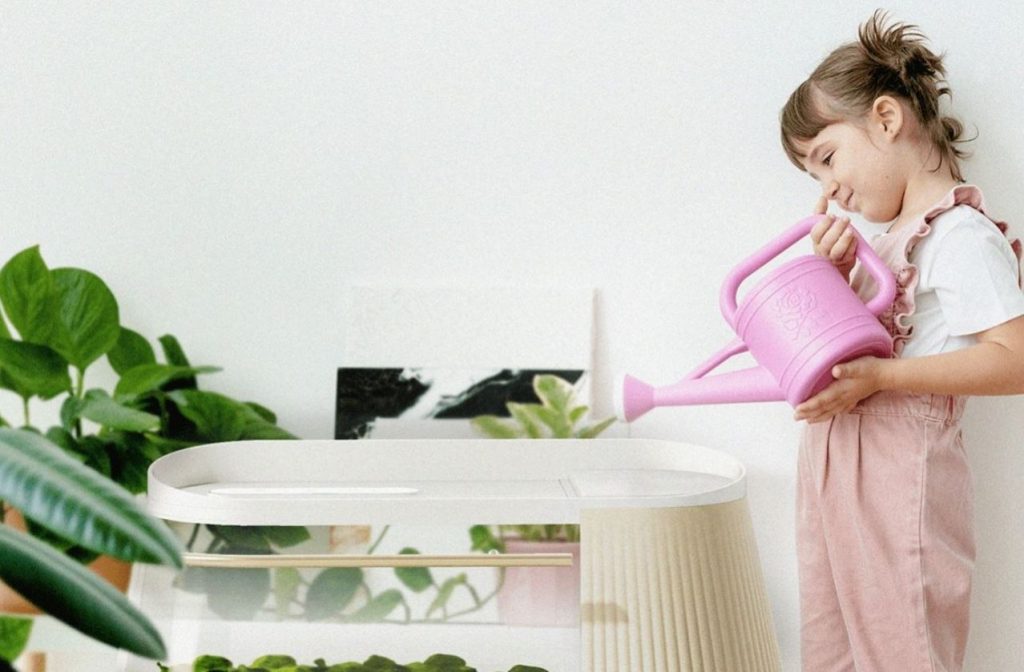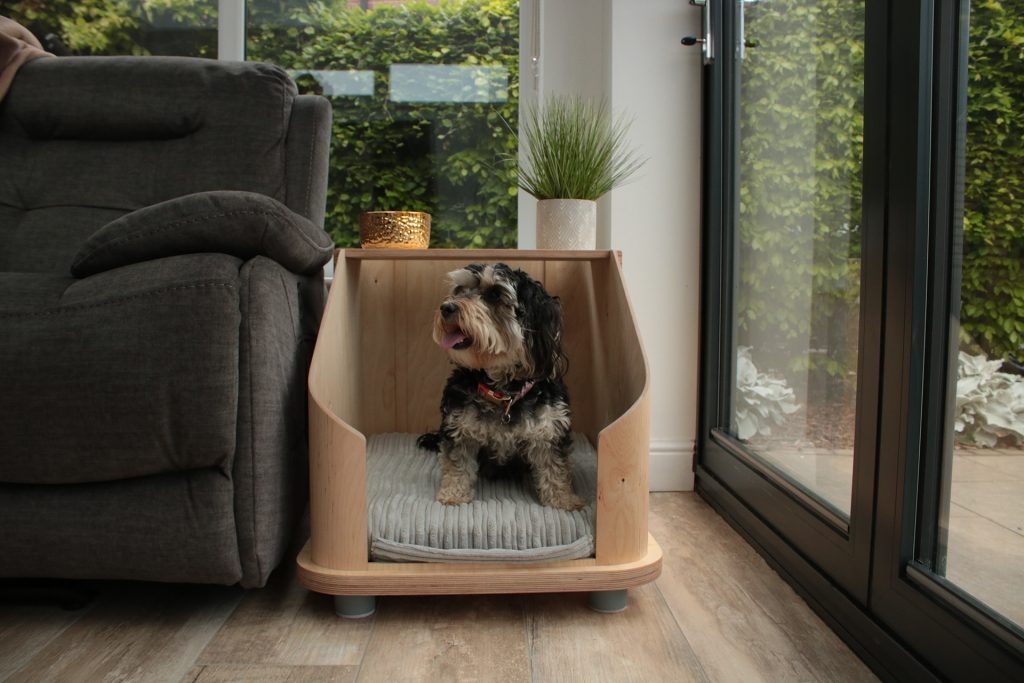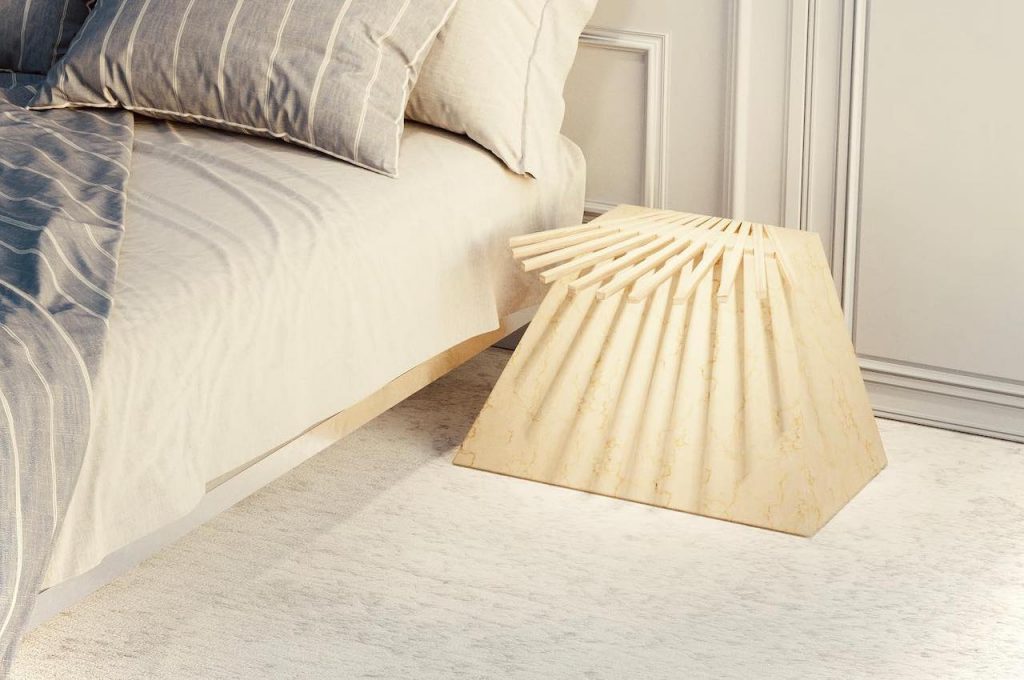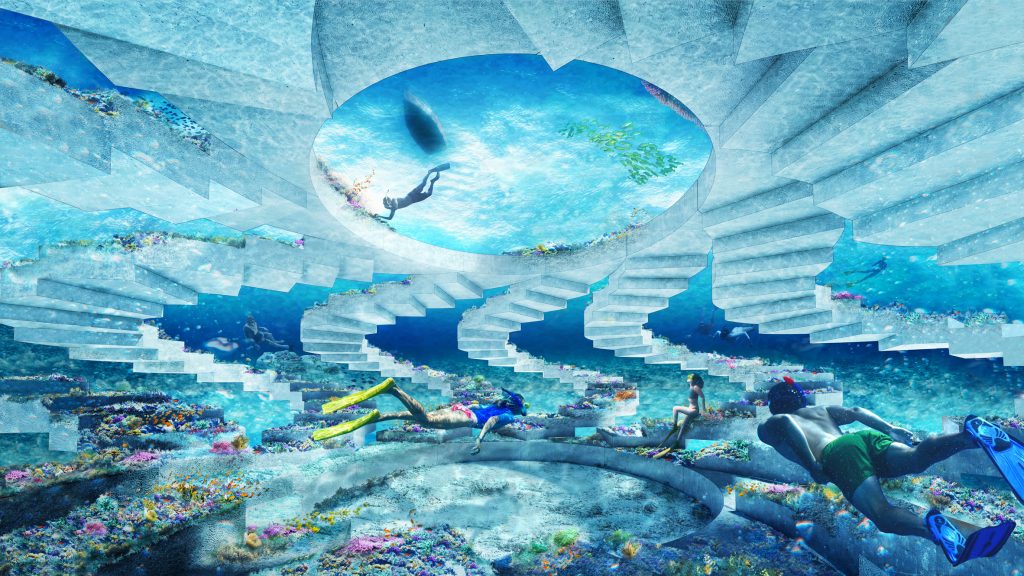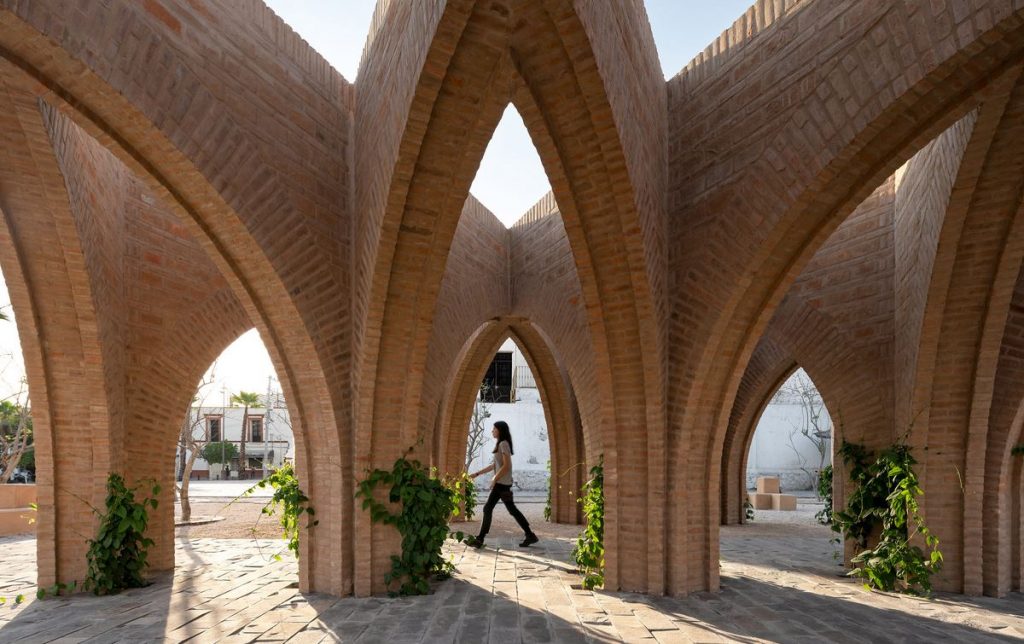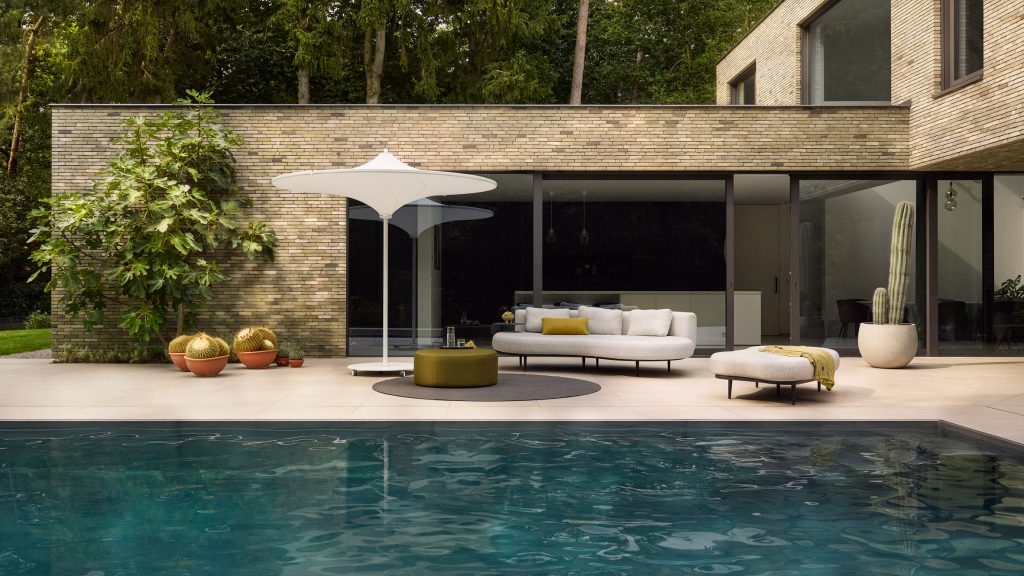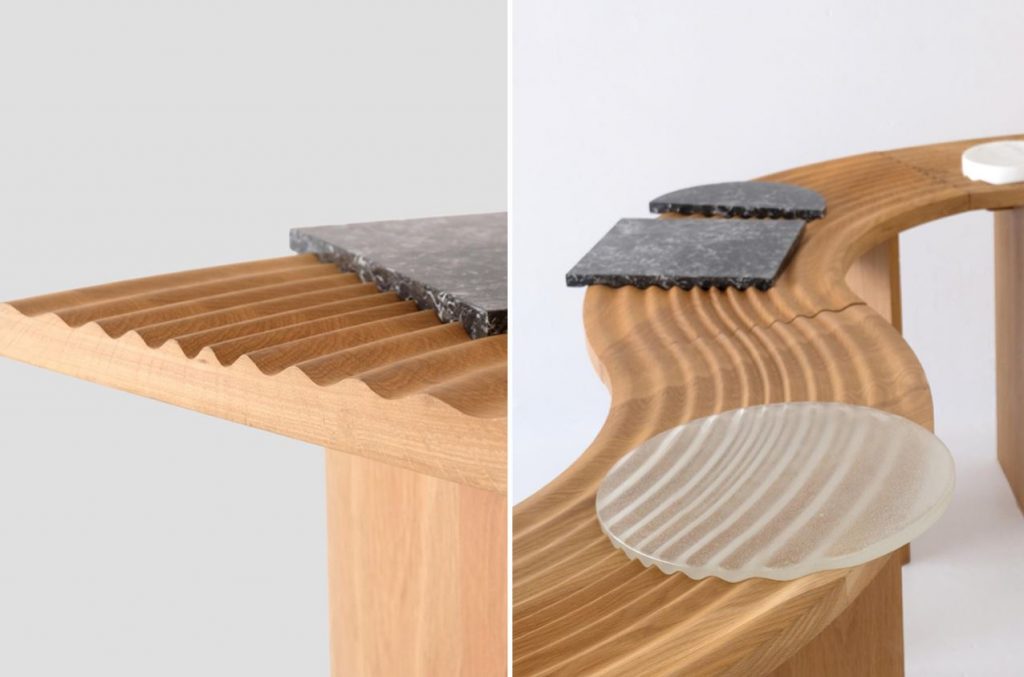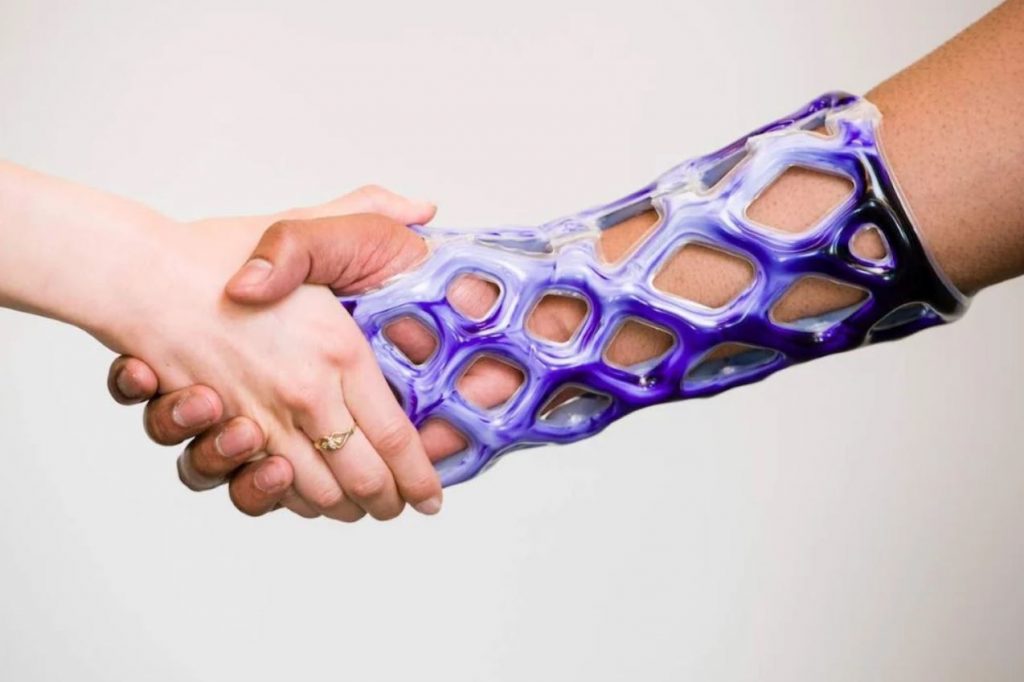Urban farming and local food supply chains have never been more popular. Sustainable agriculture may sound intimidating to non-farmers, but it is achievable in every household, even urban ones. Although not all homes are built to have gardens, you can run your own mini farm in in whatever space you may be staying in. Indoor farms are believed to be the future of urban farming, their technologies promoted as a solution to the problem caused by climate change and the inefficiencies of the global food production system.
